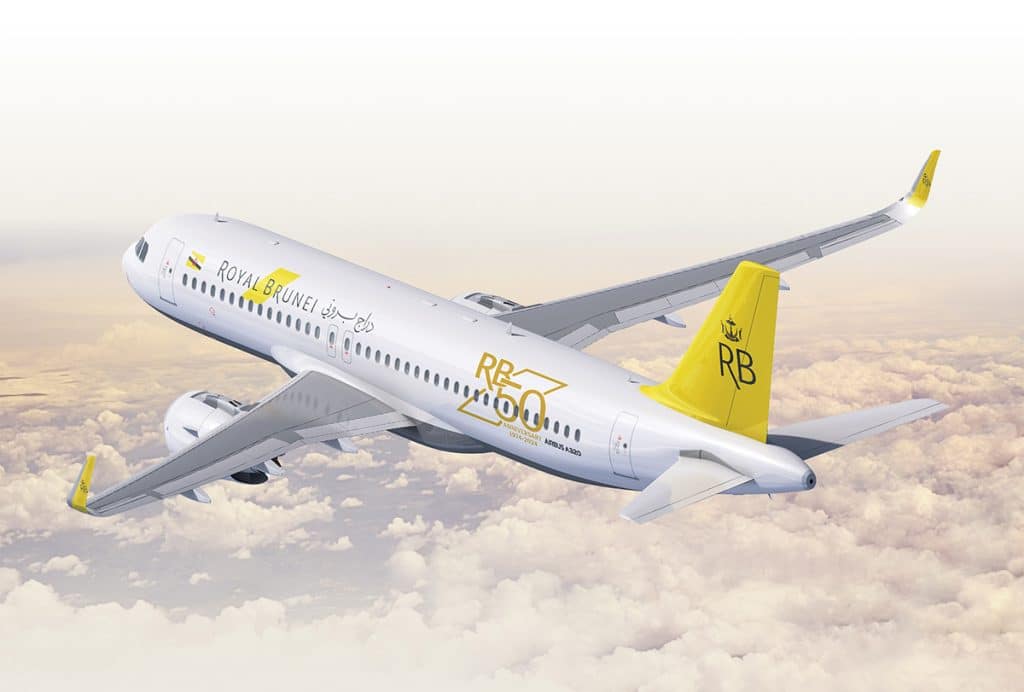Ka-band or Ku-band – Which is Better for You?
As the economics of providing Ka-band satellite communication services drive several new satellite deployments around the world, customers have been asking the question: Ka-band versus Ku-band — which is better? The answer to that question depends on the customer’s needs and the trade-offs that can be accepted.
Let’s start with an example customer who needs a certain geographic region covered by a single satellite. Must the coverage be provided by one beam or can it be multiple beams? Using just a single beam, if both the Ka-band and Ku-band satellites have equal-sized amplifiers, the beam’s power as it leaves the satellite is the same. This is called the Effective Isotropic Radiated Power, or EIRP. The “isotropic” power is focused the same amount for both, so the signal strength directed to Earth is the same.
If the Ku and Ka-band receiving Earth stations are the same size, the reflector gain will be greater for a Ka-band signal. This is because the reflector gain is proportional to the frequency squared and the higher Ka-band frequencies benefit. However, this additional gain is exactly equal to Ka-band’s worse path loss from satellite to Earth. Path loss is also proportional to the frequency squared. The net result is that the carrier power level out of the antenna reflector is identical for both Ka and Ku-band.
Carrier strength is one factor but, the quality of a signal is the ratio of carrier to noise. At the Ka-band frequencies, noise is higher than at Ku-band. So, in this example, with equal coverage on the ground and equal size receive antennas, the quality of the signal will be better at Ku-band.
Proponents of Ka-band capacity point out that the Ka-band beams usually have higher EIRP values than Ku-band. This is true, but it is because the Ka-band beam is more focused. A better-focused beam automatically results in a smaller coverage on the ground. With smaller satellite beams, a satellite operator then needs multiple beams to cover the same area.
There is nothing inherently wrong with this. Multiple, smaller ‘spot’ beams can be aggregated to provide the desired coverage. However, it does introduce a potential challenge to the customer’s needs. Can the customer accept having multiple satellite beams to cover the desired region of operation? Due to the close proximity of the spot beams, i.e. being side-by-side, each beam will have a different polarization and/or frequency range within the Ka band. Is this acceptable to the customer?
Multiple spot beams may also create operational issues. To mimic single beam coverage, can a transmission in one spot beam be seen in its own beam as well as in all the other spot beams in the region of operation? Can this occur automatically or only by re-transmission from a gateway? Most importantly, does the mitigation meet all the customer’s needs?
The example above, where the signal quality was better at Ku than at Ka-band, assumed no adjacent satellite interference, ASI, and no rain degradation. Ka-band typically has the upper hand with ASI. Ku-band satellites can be, and often are, spaced only 2 degrees apart from each other. The closer the adjacent satellite, the higher its interference can be. Today, Ka-band satellites are typically spaced further apart, and thus have less ASI.
A final consideration, and the one you hear most about, is rain fade. Atmospheric rain, snow or ice will absorb radio frequency signals above 11 GHz, and a Ka-band signal suffers more degradation than a Ku-band signal. This is a win for Ku if there is sufficient rain in the region.
Both rain and ASI degradations vary greatly depending on a customer’s specific situation (e.g. satellite and terminal locations) so you can’t really make generalizations about either factor.
In conclusion, the advantages and disadvantages of either band can be mitigated. But not all concerns can be addressed for all customers at all times. The underlying needs must be known and trade-offs made to arrive at the optimal choice of Ku or Ka-band.





















